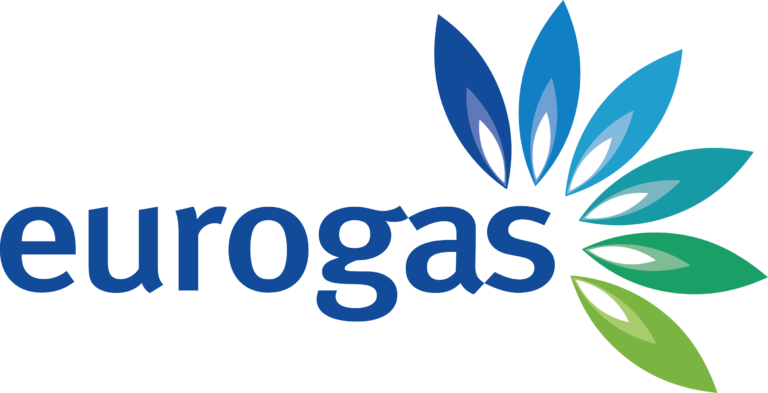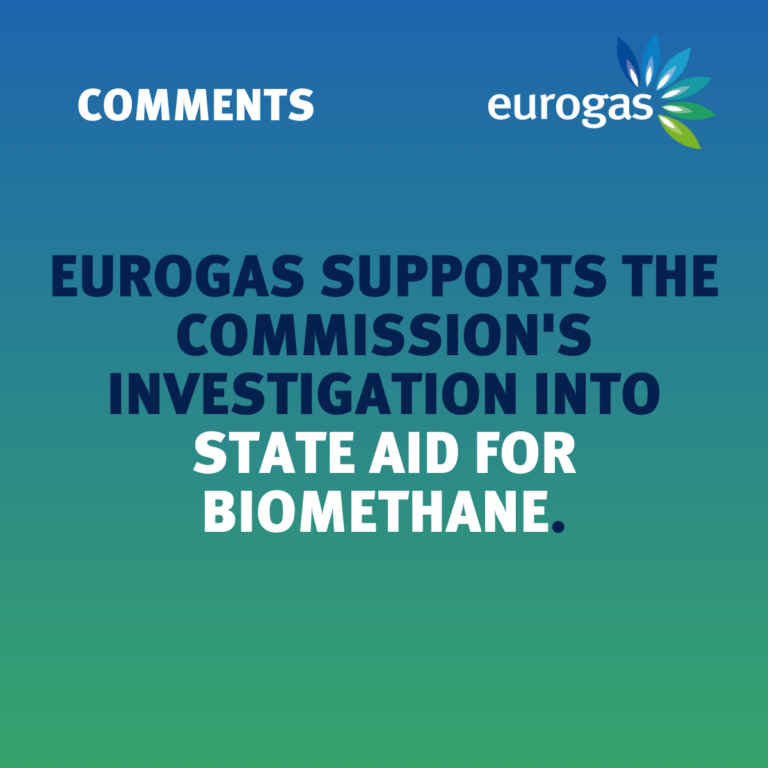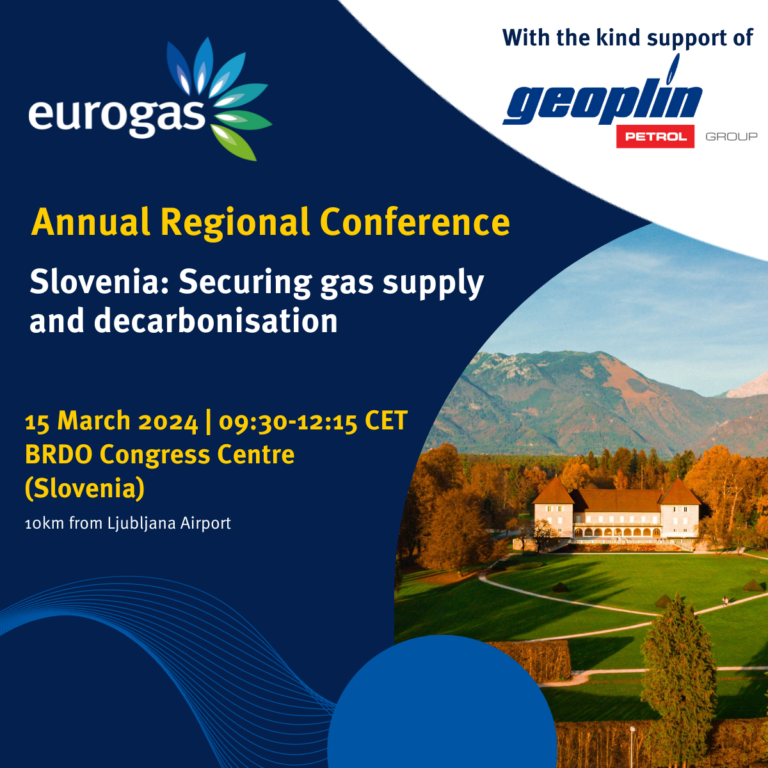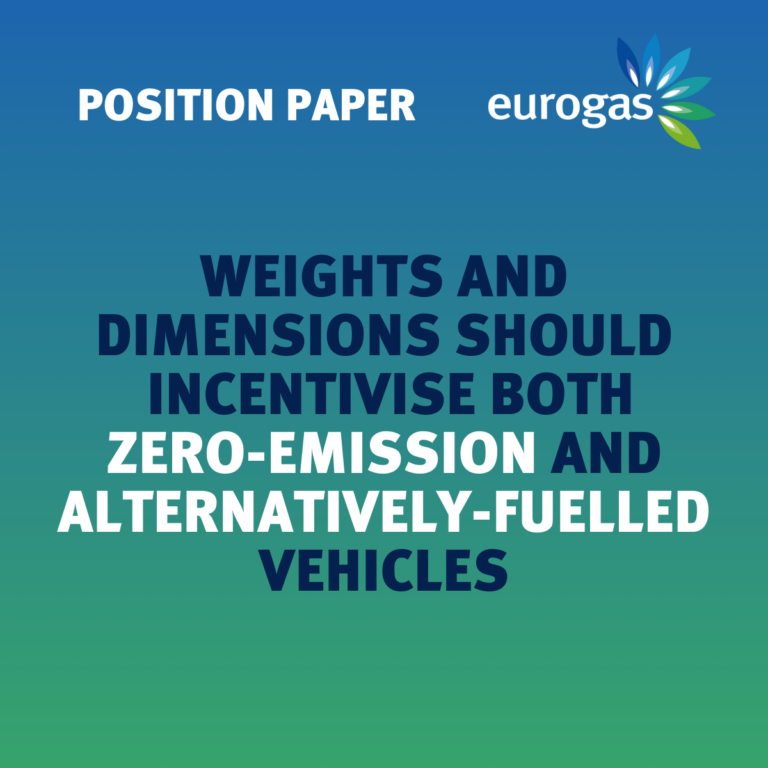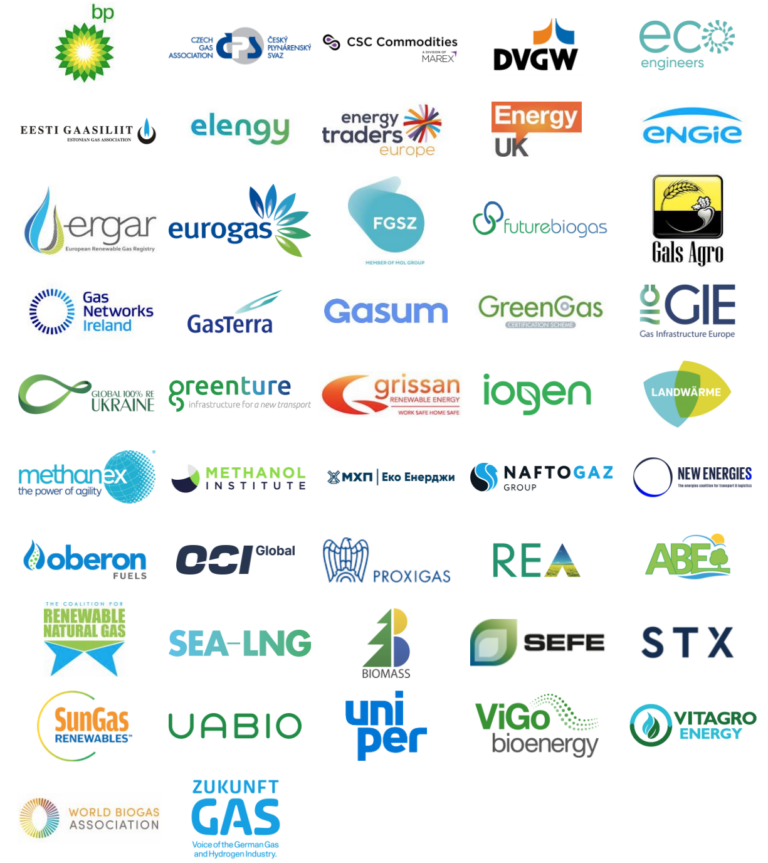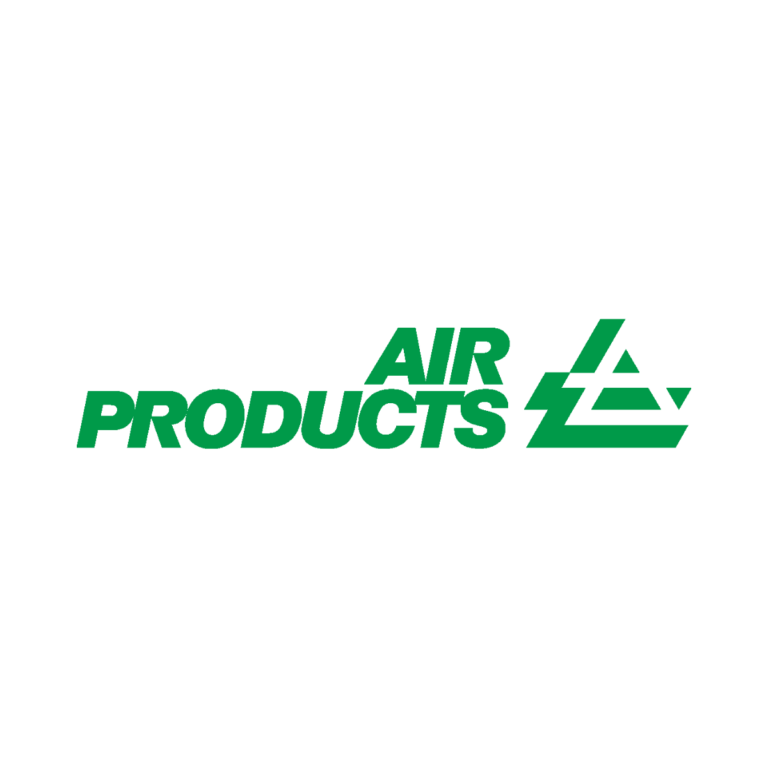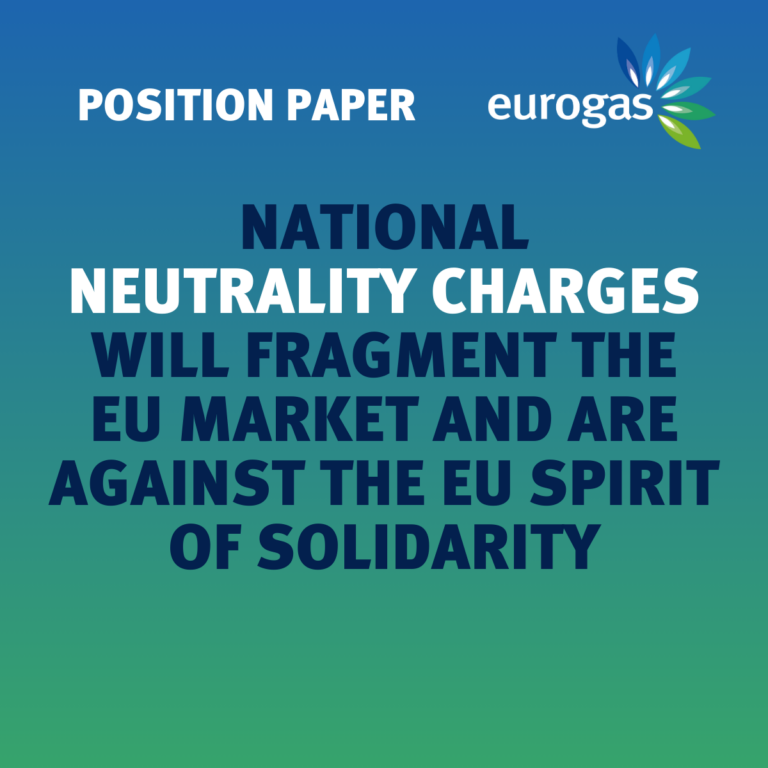By Nicolas Jensen, Eurogas Policy Advisor for Distribution
(Please Note: This article originally appeared in RiEnergia by Nicolas Jensen, published in Italian.)
The background.
As the green deal was being announced by President Ursula Von der Leyen in December 2019, it was clear that the European Union, with the Commission at its helm, was embarking on an ambitious decarbonisation pathway. This pathway, taking stock of vocal popular support for more stringent action with regards to climate change, was emphasising the need to look at reducing emission across sectors, and across various types of greenhouse gases. In addition, the EU’s executive was committing to a broad revision of any legislation relevant to energy, energy consuming sectors, and greenhouse-gas emitting users. As 2020 unfolded, and the COVID crisis hit Member States over the following months, concern arose on the impact which the crisis would have on commitment to climate change mitigation. The Commission swiftly made clear that while the crisis would mean that cost-efficient approaches would become even more paramount, by no means would GHG emission reduction be relegated to a secondary objective, quite the contrary. Over spring and summer 2020, the executive committee published a strategy linked to sector integration and a regulation on taxonomy and how to ensure sustainable investments. Both of these sought to ensure the energy sector, amongst others, would see a review in the way investors reached decisions, and in the way projects could interact with each other. However, what was deeply ingrained in those texts was the idea that methane emissions should be further addressed, and that mitigation should be incentivised along the value chain and the sectors. This culminated in no other than the publication of a fully-fledged methane strategy, the first legislative initiative directly targeting methane since the early 1990’s, seeking to address a potent greenhouse gas that more often than not was relegated behind CO2.
Why do we need a methane strategy? What is the challenge, and why is it important?
As a greenhouse gas with an exponentially higher impact on climate change than CO2, upwards of 28 times the impact of CO2 depending on the selected timeframe (methane dissipates faster than CO2 and its impact reduces and wavers over time), its emissions are closely linked with global warming. Methane, like CO2, is emitted by a variety of sectors, the share of which fluctuates across time and regions. Methane contrary to CO2 isn’t the result of an end-use, and as such is emitted mainly by digesting/fermenting and the breakdown of organic matter, but also in the extraction process of oil/gas and coal. Its share in overall greenhouse emissions is also much smaller than that of CO2;
The Commission’s assessment puts forward the following breakdown with regards to anthropogenic (man-made) emissions: 53% of emissions of methane in the EU come from the agricultural sector, 26% from the waste sector and 19% from the energy sector. The remaining 2% are shared between small contributors. While legislation such as the Effort Sharing Regulation covers GHG emissions from sectors such as agriculture and waste, and respectively puts forward national objectives for Member States, the breakdown facilitates the identification of potential actions across countries. Considering the ongoing pandemic, the cost-efficiency of measures is key, and in this respect the Commission’ strategy and its underpinning impact assessment underline several no-net cost solutions, along with low-cost options to be assessed.
Main ‘takeaways’ from the strategy.
When diving into the detail of the 19% of man-made, energy-related methane emissions, emissions are shared between natural gas, oil and coal extraction and infrastructure related losses. When looking at the whole value chain, it becomes clear that the issue is dealt with differently along countries.
When it comes to oil and gas exploration and extraction, the emissions are specifically located around a well and an extraction point, as well as the pipelines linking the extracting installation to the transport network. Such emissions have been targeted for decades but have recently accelerated with initiatives such as the OGCI, and a broad commitment from several industry leaders to limit methane intensity to 0.2% at E&P level.
In addition, the midstream and downstream segment, often targeted for its lack of granular data regarding emissions, is moving from a safety-focussed mission related to its regulated functions, to a more sustainability-based outlook in several countries. Moreover, technologies are allowing for a more cost-efficient solutions to identify emitting points, and modern pipeline materials provide assurance of more limited leaks. Importantly, initiatives such as the OGMP 2.0 are seeking to cover mid-stream (Transmission, storage and LNG terminals) and downstream (DSO) activities by ensuring more transparent data gathering and availability, and better Leak Detection and Repair (LDAR) implementation across the value chain and Member States.
While we are focussing on the energy aspect, readers may be tempted to dismiss agricultural, as well as waste-related, emissions. Instead, as our sector evolves, and as the challenge is increasingly interlinked, we must look at how modern (and less modern) solutions can help reduce methane emissions. Indeed, while the Commission underlines the importance of diet change in its long-term strategy and across initiatives, there are existing, less intrusive solutions to reduce methane slippage from the agricultural sector but also in waste. Recovery of methane from manure and waste can help by recovering emissions and injecting it back into the grid as biomethane. Farmers are then left with additional revenue and digestate to put on their field as a non-polluting alternative to fertilisers. While waste reduction and diet change are important tools to reduce emissions linked to these sectors, and where we as citizens have a role to play, anaerobic digestion provides quick fixes to reduce emissions from traditionally hard to abate sectors.
The path forward now for European industry.
While the European Commission underlines the work and responsibility of industry in reducing methane emissions in its strategy, this is increasingly recognised also by parliament and civil society. With increasing involvement in voluntary initiatives, such as the Methane Guiding Principles, the OGMP 2.0, industry and civil society are seeking to find joint ways forward in reducing methane emissions and addressing issues related to cost-efficiency of measures and security of supply to limit negative impact on citizens as much as possible. In addition, the proposals outlined in the methane strategy to more widely regulate LDAR and monitoring as well as improving monitoring reporting and verification (MRV) methodologies will help ensure a comprehensive approach is taken. By building on these tools and by relying on sector integration in reducing or mitigation emissions across Member States, methane emissions will be tackled in depth through solutions that can be implemented across Member States, taking into account their specificities.
